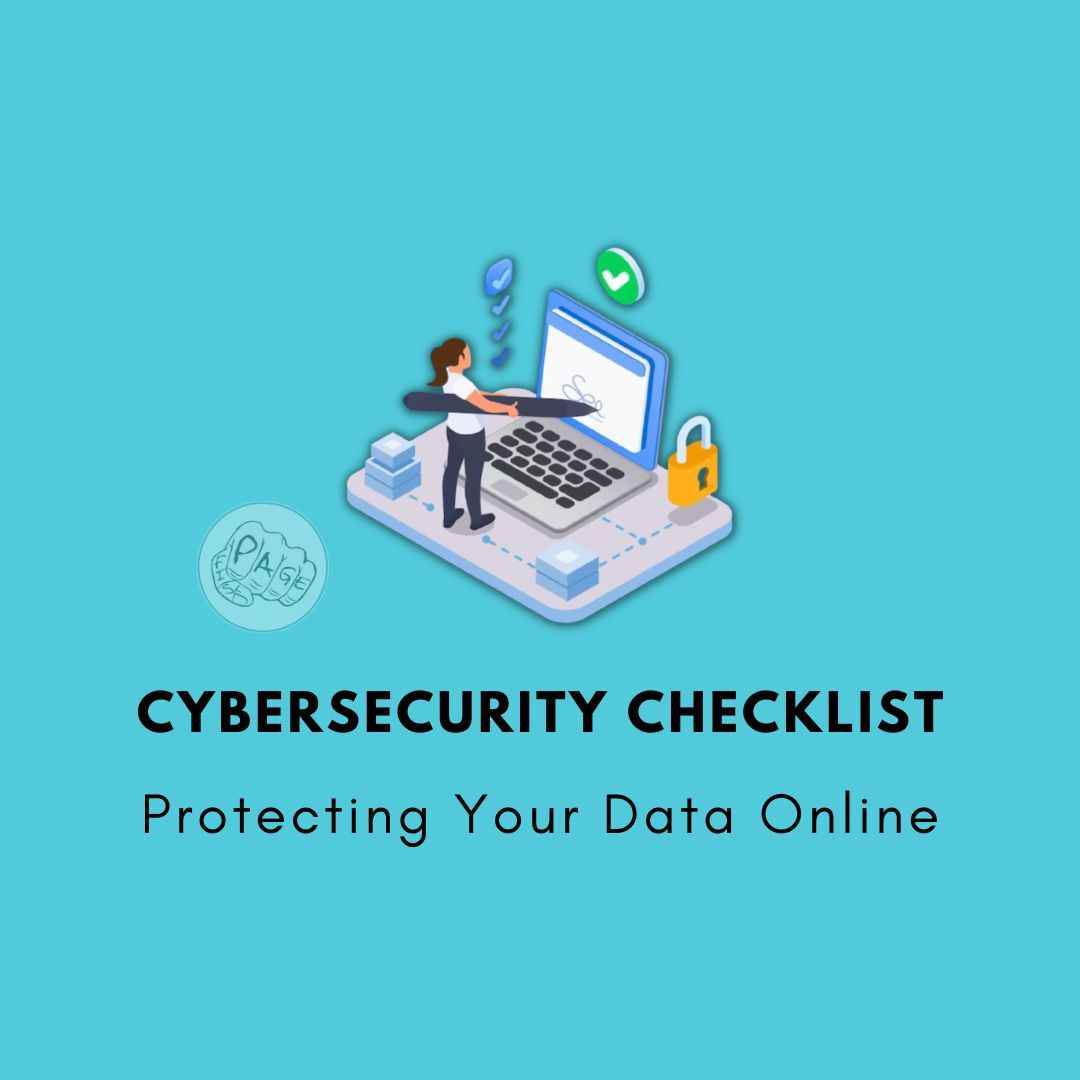What's the Difference Between Cyber Security and Information Security?
Explore the intriguing realm of digital guardians! Discover the key disparities between cyber security and information security in this insightful article.
Introduction
In today's digital age, our lives are intrinsically linked to technology, which brings forth a pressing need for safeguarding our digital assets. Cyber threats loom like thunderclouds over the digital realm, sparking questions about the fine distinctions between cyber security and information security. So, what's the difference between cyber security and information security? Let's embark on a captivating journey to demystify these two pillars of the digital world and discern their unique roles in protecting our virtual lives.
Cyber Security: The Digital Battlefield
What Is Cyber Security?
First things first, let's dive into the world of cyber security! Cyber security is like the digital knight in shining armor, defending your kingdom in the vast wilderness of the internet.
Cyber security encompasses an array of practices, technologies, and measures designed to protect your digital systems, networks, and data from unauthorized access, cyberattacks, and damage. It's all about guarding the digital realm against a myriad of threats, from hackers and malware to phishing scams and more.
The Cybersecurity Arsenal
So, what's in the cyber security toolkit? Well, think of it as an impressive arsenal of weapons and strategies:
- Firewalls: These are like virtual walls that keep intruders out of your digital fortress.
- Antivirus Software: Your trusty shield against malware and viruses.
- Intrusion Detection Systems: The silent guardians who alert you when danger lurks.
- Encryption: A powerful enchantment that keeps your data safe from prying eyes.
Information Security: Guarding the Secrets
What Is Information Security?
Information security, on the other hand, is a different beast altogether! It's the careful keeper of your digital secrets and sensitive information.
Information security is the broader practice of protecting data in any form, whether it's digital or physical documents, from unauthorized access, disclosure, disruption, or modification. This includes not only your digital files but also the confidential reports tucked away in your office cabinet.
The Information Security Sentry
Information security relies on a variety of techniques and safeguards to fulfill its mission:
- Access Controls: Think of this as the gatekeeper to your data castle, allowing only those with the right key to enter.
- Data Classification: Your digital librarian, who organizes information into public, private, and top-secret categories.
- Employee Training: The wise sage who imparts knowledge about safeguarding secrets to the kingdom's inhabitants.
What's the Difference Between Cyber Security and Information Security?
Now that we have a rough idea of what these two defenders do let's clear up the distinctions!
Focus and Scope
Cyber Security:
- Focus: Cyber security primarily focuses on safeguarding your digital systems and networks.
- Scope: Its scope extends to all things digital, including computers, servers, mobile devices, and the vast internet landscape.
Information Security:
- Focus: Information security's primary concern is the confidentiality, integrity, and availability of data.
- Scope: It extends its reach beyond just digital information, covering physical documents and all forms of data storage.
The 'What' They Protect
Cyber Security:
- What It Protects: Cyber security guards against cyber threats and digital attacks.
- Examples: Protection from hacking, malware, DDoS attacks, and the like.
Information Security:
- What It Protects: Information security protects all forms of data, including digital and physical.
- Examples: Safeguarding confidential documents, trade secrets, and financial records.
Object of Protection
Cyber Security:
- Object of Protection: Digital infrastructure, hardware, and software.
- Goal: To maintain the integrity and availability of digital systems.
Information Security:
- Object of Protection: Data in all its forms, whether digital or physical.
- Goal: To ensure the confidentiality, integrity, and availability of data.
Human Element
Cyber Security:
- Involvement of Humans: It often relies on automated systems and software to detect and thwart threats.
- Example: Antivirus programs that scan for malware.
Information Security:
- Involvement of Humans: It heavily involves human factors, like employee training and adherence to security policies.
- Example: Staff members following strict document handling protocols.
Conclusion: The Uniting Force
In the ever-evolving landscape of digital threats, the roles of cyber security and information security are invaluable. They may be distinct, but they work hand in hand to protect our digital lives.
So, what's the difference between cyber security and information security? While cyber security defends your digital fortress from external threats, information security guards the treasures within, ensuring that your sensitive data remains confidential and unaltered. Both are crucial to the safety of our digital kingdom.
In the end, it's not a matter of choosing one over the other but rather recognizing their interdependence. To navigate the digital realm safely, embrace both cyber and information security. Together, they create a formidable defense that can withstand even the fiercest of digital storms.
Share This Post
Related Articles
How to Secure Your Wi-Fi Network: A Comprehensive Guide
Learn how to secure your Wi-Fi network effectively with this comprehensive guide. Discover the steps to change default passwords, enable encryption, and set up a strong passphrase for your home or office network.
The Dynamic Duo: AI and Humans in Cybersecurity
Explore the symbiotic relationship between artificial intelligence (AI) and human expertise in the ever-evolving landscape of cybersecurity. Learn how these digital defenders work together to fortify digital defenses and ensure comprehensive protection against digital threats.
Vulnerability assessment
A vulnerability assessment is a process of identifying, analyzing, and prioritizing the risks and weaknesses of a system or network. It helps to determine the level of exposure to potential threats and the impact of a breach or attack. A vulnerability assessment can also provide recommendations for mitigating or resolving the identified vulnerabilities.
What is Cyber Security?
Cyber security is the practice of protecting information systems and networks from cyber threats such as hackers, malware, ransomware, phishing, and data breaches. Cyber security involves implementing technical, organizational, and human measures to prevent, detect, and respond to cyber-attacks. Cyber security is essential for ensuring the confidentiality, integrity, and availability of data and services in the digital world.
Cybersecurity Checklist: Protecting Your Data Online
Discover the ultimate Cybersecurity Checklist for safeguarding your valuable data online! Learn expert tips, tricks, and strategies to keep your information secure in the digital age.
Related FAQ
No related FAQ.
Say Hello
To Your Dream





